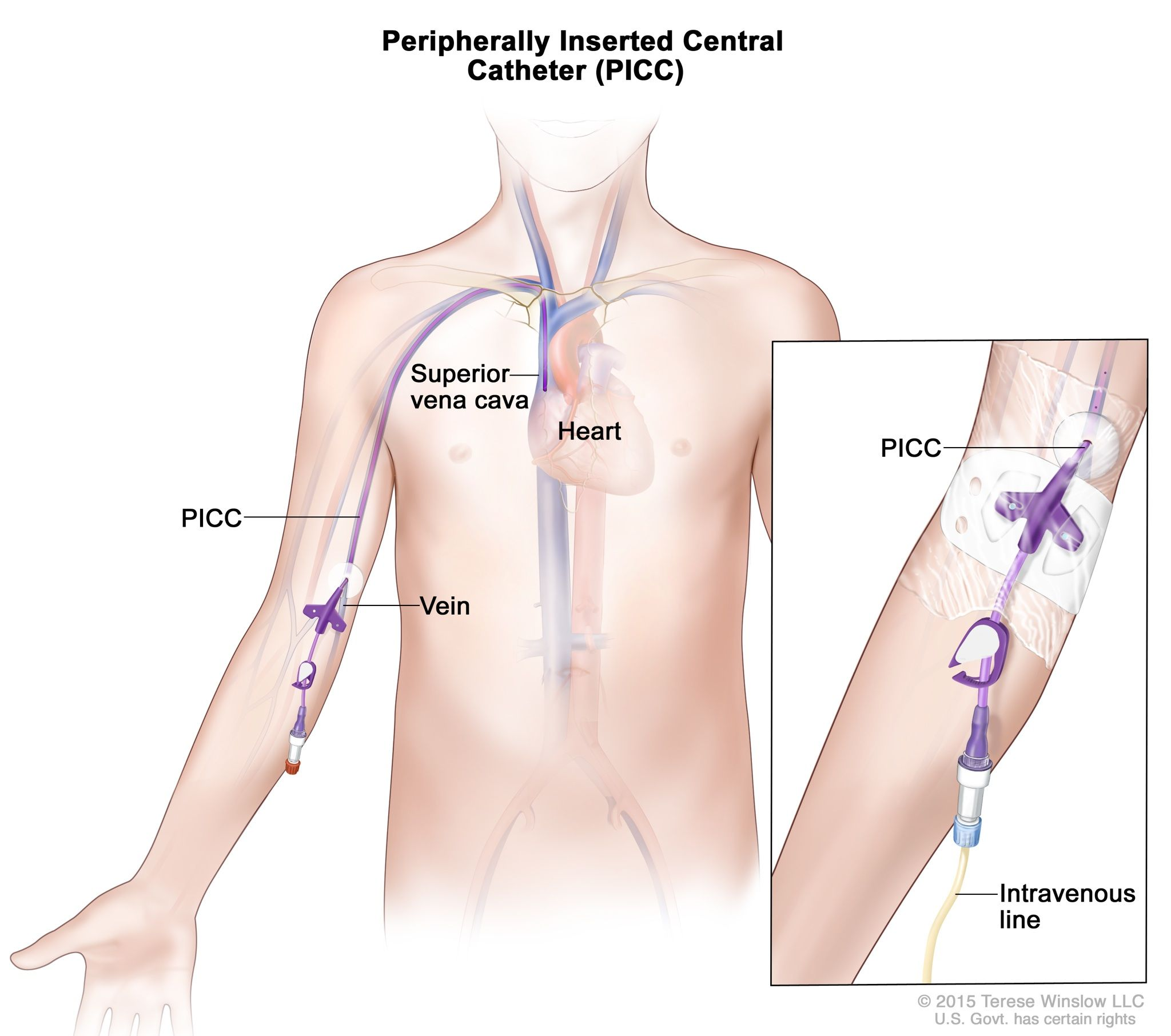Disinfectants, antiseptics, and sterilization
| Agent | Mechanism | Sporicidal | Why |
|---|---|---|---|
| Alcohols (isopropanol, ethanol) | Disruption of cell membranes, Denaturation of proteins | No | Dissolves membrane lipids; disrupts protein structure (requires water for optimal protein denaturation). |
| Chlorhexidine | Disruption of cell membranes, Coagulation of cytoplasm | No | Cationic; binds to negatively charged cell walls, disrupting membranes and causing leakage, inhibits ATP synthesis. |
| Hydrogen peroxide | Produces destructive free radicals that oxidize cellular components | Yes | Generates highly reactive hydroxyl radicals that damage lipids, proteins, and DNA. |
| Iodine | Halogenation of proteins & nucleic acids | Yes | Adds halogen atoms to proteins and DNA, disrupting their structure and function, penetrates the cell wall quickly. |
Tip
Alcohols and chlorhexidine are not sporicidal because they both target on cell membrane, but spores have tough, multi-layered coats protecting membrane.
Prevention of intravascular catheter-related infections (CLABSIs and CRBSIs)
- Procedural
- Consider a peripherally inserted central line (PICC).

- Use of subclavian or internal jugular insertion sites (femoral vein has a higher risk of infection)
- For the procedure:
- Perform skin preparation with chlorhexidine and alcohol.
- Follow hand hygiene and strict aseptic technique.
- Place the line under ultrasound guidance.
- Consider a peripherally inserted central line (PICC).
- Postprocedural
- Replace lines that were inserted emergently within 2 days.
- Perform regular maintenance.
- Routine replacement of CVCs is not necessary for functional catheters with no evidence of infection.